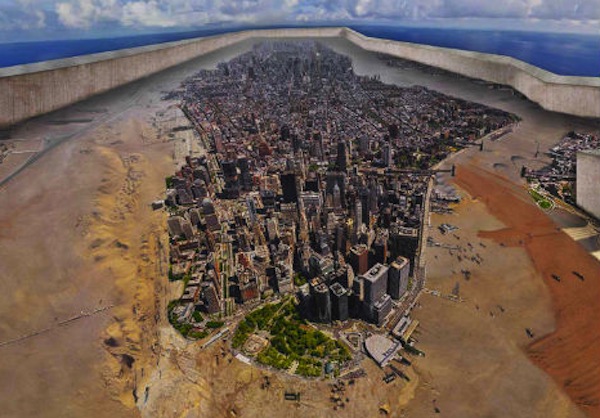This summer, arctic sea-ice coverage melted to only 3.41 million km2. This melting surpassed every previous record-low andshattered climate scientists’ expectations. In context, the summer of 2007 was seen as a watershed year by climate climate scientists because the arctic sea ice receded to a record low of 4.17 million km2. Even then it was recognized as one of global warming’s most terrifying manifestations to that day. Furthermore, it reminded scientists how little they know.
This event embodies a serious broader challenge for students who want to know what sort world they will be working in. Human civilization’s demands exceed the earth’s carrying capacity, and if this relationship continues people will avoidably suffer and die. To summarize considerable evidence concerning global warming, ocean acidification, the phosphorous cycle, the nitrogen cycle, biodiversity loss, chemical pollution, aerosol loading, fresh-water use, and land-use change, humans risk making the earth uninhabitable for themselves.
This idea is called planetary boundaries. It rests on the Nobel Prize winning scientist Paul Crutzen’s assertion that humanity now dominates the earth’s biological, chemical, and geological processes. In light of this, global civilization must not erode the earth’s ability to sustain human life. Doing this would endanger future generations’ food security, environmental security, habitable global temperatures, and the concentrations of vital chemicals like oxygen gas. Flashing red lights like the arctic’s summer melting reflect one of humanity’s geological trespasses. Fossil fuel powered economies have raised global CO2 concentrations to 392ppm (parts per million), meaning humanity has breached the 350ppm boundary climate scientists warn is safe.
Planetary boundaries are critical because we know nature has tipping points. These are thresholds of change that if crossed can trigger further changes that cascade out of human control. They are like a ball beginning to roll down a hill, or warmer newly melted water continuing to melt an entire ice cap. Geological evidence shows changes similar to human civilization’s impacts today have upset vital natural systems in the past. One such vulnerability is the fluctuating populations of microscopic plankton that produce the oxygen gas for every second breath we breathe. Their population and output has varied significantly over geological time. It is reasonable to worry if this, or similarly calamitous changes could happen again. After all, the human population is still growing towards its expected plateau at nine billion, while simultaneous economic growth expands our specie’s footprint on the earth.
Planetary boundaries because how we prioritize becoming sustainable now shows the probable suffering we are willing to condone. This should be remembered whenever experts try quantifying our apathy’s costs. The numbers can be frightening, and include figures like the former UN High Commissioner for Refugees, Craig Johnstone’s prediction that climate change will displace500 million to 1 billion people.
We now know too much to ignore critical evidence. The planet is not a feel-good mentos of morality we can turn to whenever we find mentionning it convenient. It is our life support system.
By: Ben Donato-Woodger

